The purpose of this new blog post is to inform job seekers about the significance of using the color purple in resumes or CVs. The post will cover the general meaning of the color purple, as well as provide examples of how it can be effectively incorporated into a resume or CV.
By understanding the symbolism and psychology of purple, job seekers can make a positive and lasting impression on potential employers.
Definition and psychology of the color purple
The color purple is often associated with luxury, creativity, and mystery. In psychology, purple is believed to evoke feelings of spirituality, wisdom, and imagination. It is also often associated with royalty and nobility.
In art and literature, purple is often used to convey a sense of mysticism or otherworldly beauty. In branding and marketing, purple is often used to evoke feelings of luxury and exclusivity.
Overall, purple can be a powerful color to use in a resume, as it can convey a sense of creativity, ambition, and a unique perspective.
Explanation of the significance of purple in resumes or CVs
In a resume or CV, incorporating purple can help to convey a sense of sophistication and professionalism. Purple can also be a way to stand out from other candidates and make a lasting impression on hiring managers.
Purple is often associated with power, ambition, creativity, and uniqueness which can be beneficial for certain types of job applications such as those in the creative or luxury industries.
Additionally, purple is a rare color in resumes, making it stand out and helping the candidate’s resume to be memorable. However, it is important to use it strategically and not overuse it, as it can also come across as too bold or overwhelming.
5 tips for incorporating purple in resumes or curriculums
- Use a subtle shade of purple as an accent color to draw attention to important sections of your resume, such as your name or job titles.
- Use purple to highlight your skills and achievements in a creative way, such as using purple icons or bullet points.
- Incorporate purple into your resume design by using it as a background color or in a watermark.
- Use purple to show off your creativity, such as by using it in a unique layout or design element.
- Use purple to stand out from the crowd, as it is a less common color choice in resumes and can make you more memorable to hiring managers.
Purple resume examples
Photo by Oleksandr Pidvalnyi from Pexels



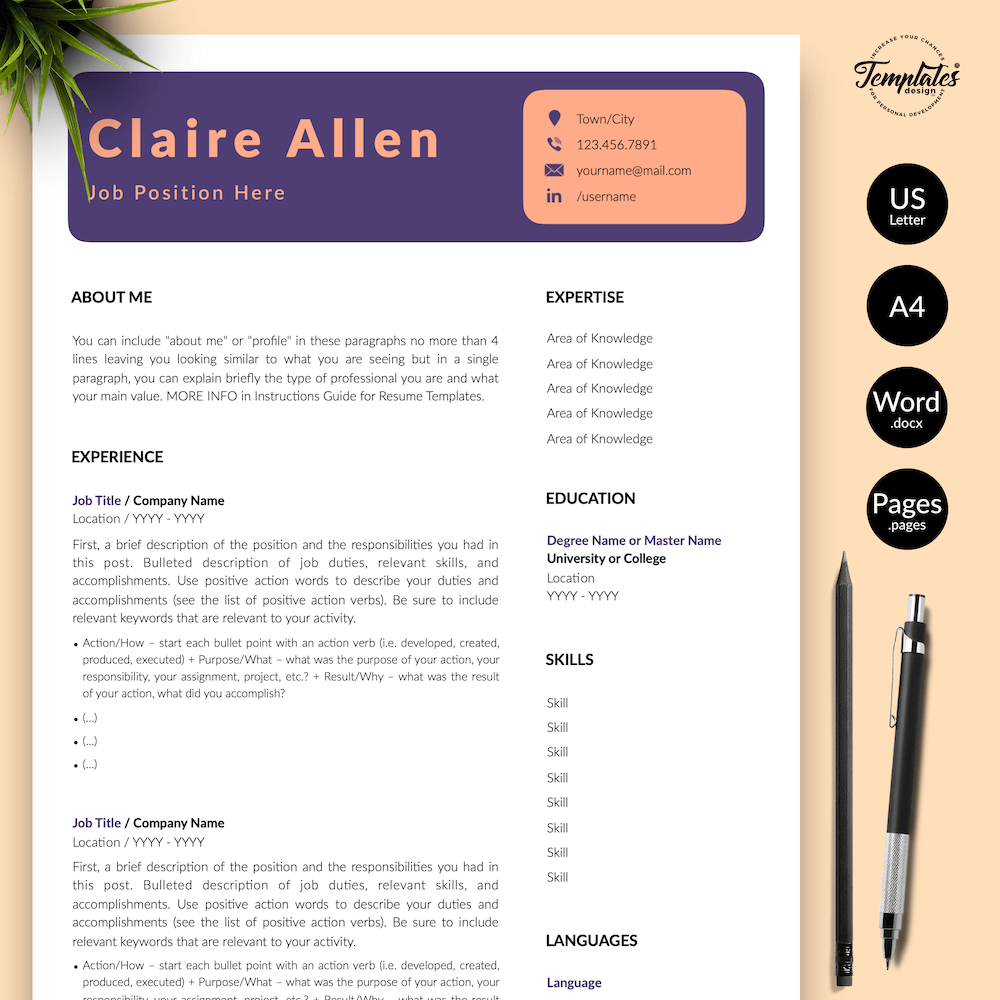
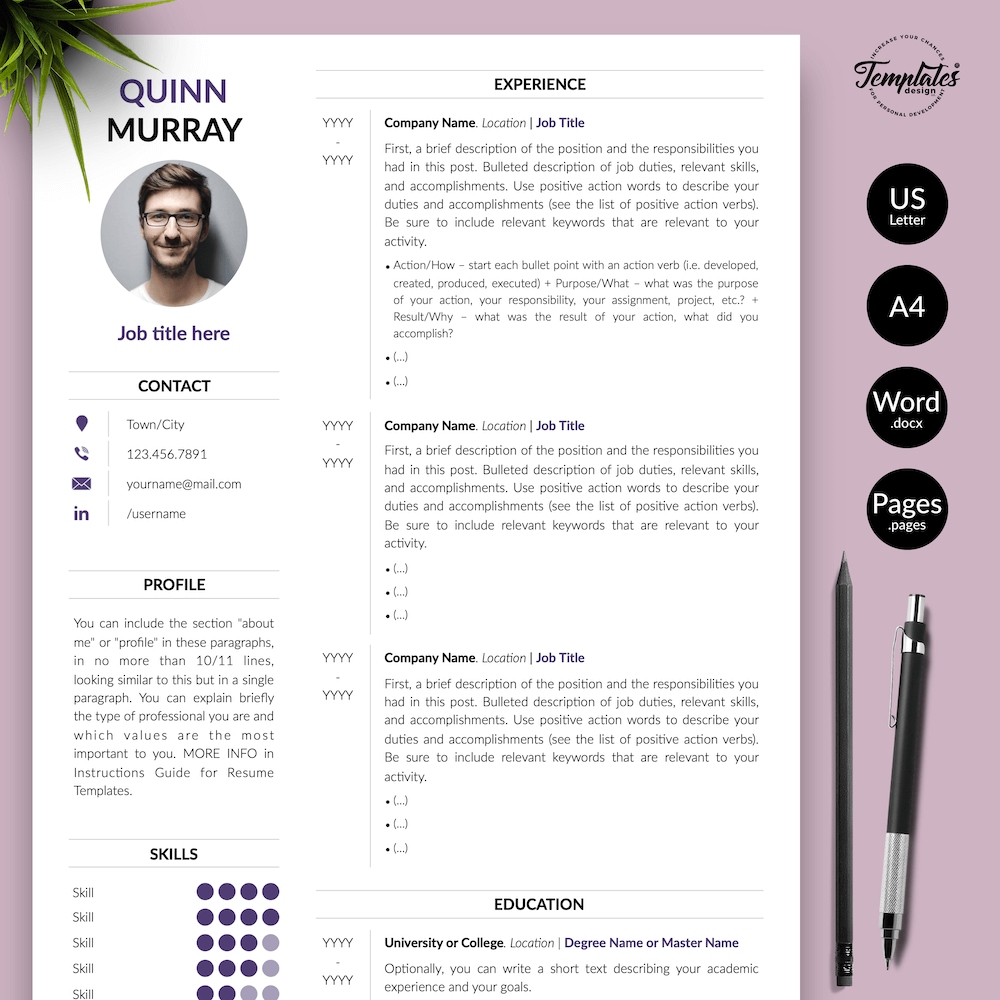
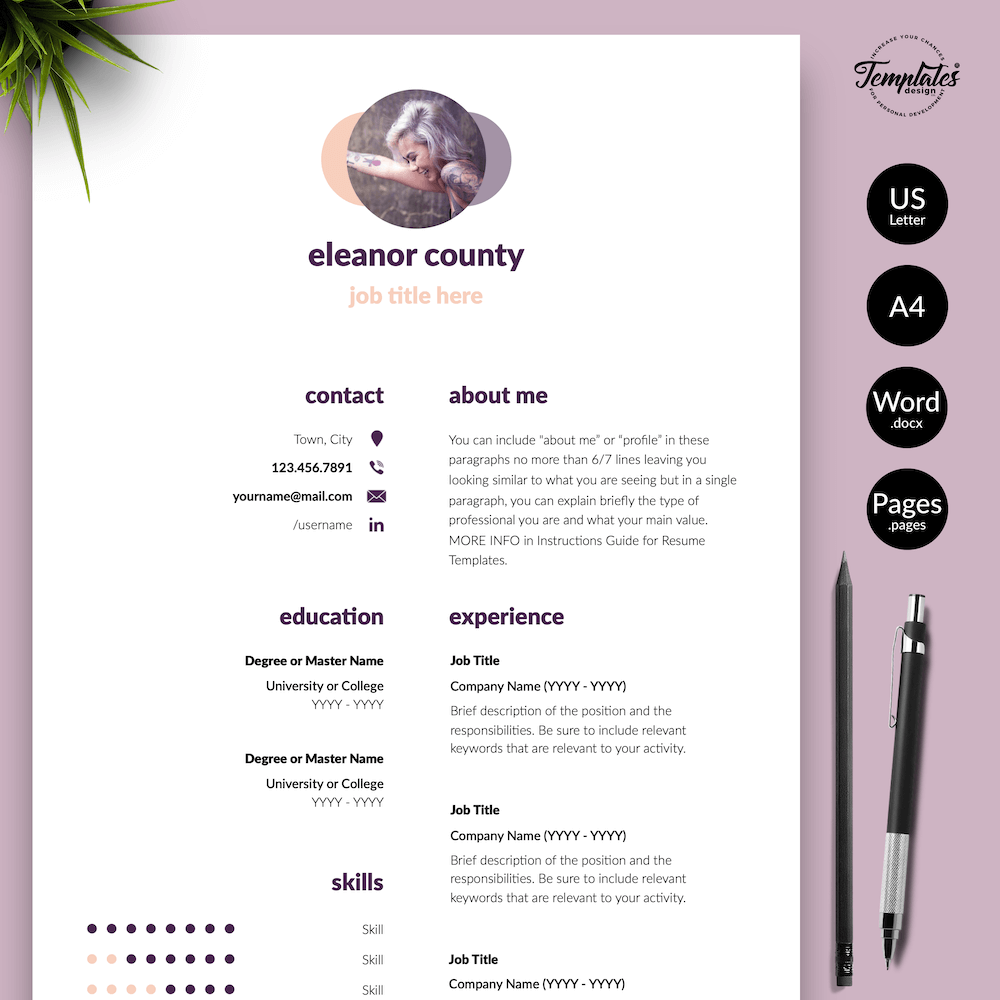
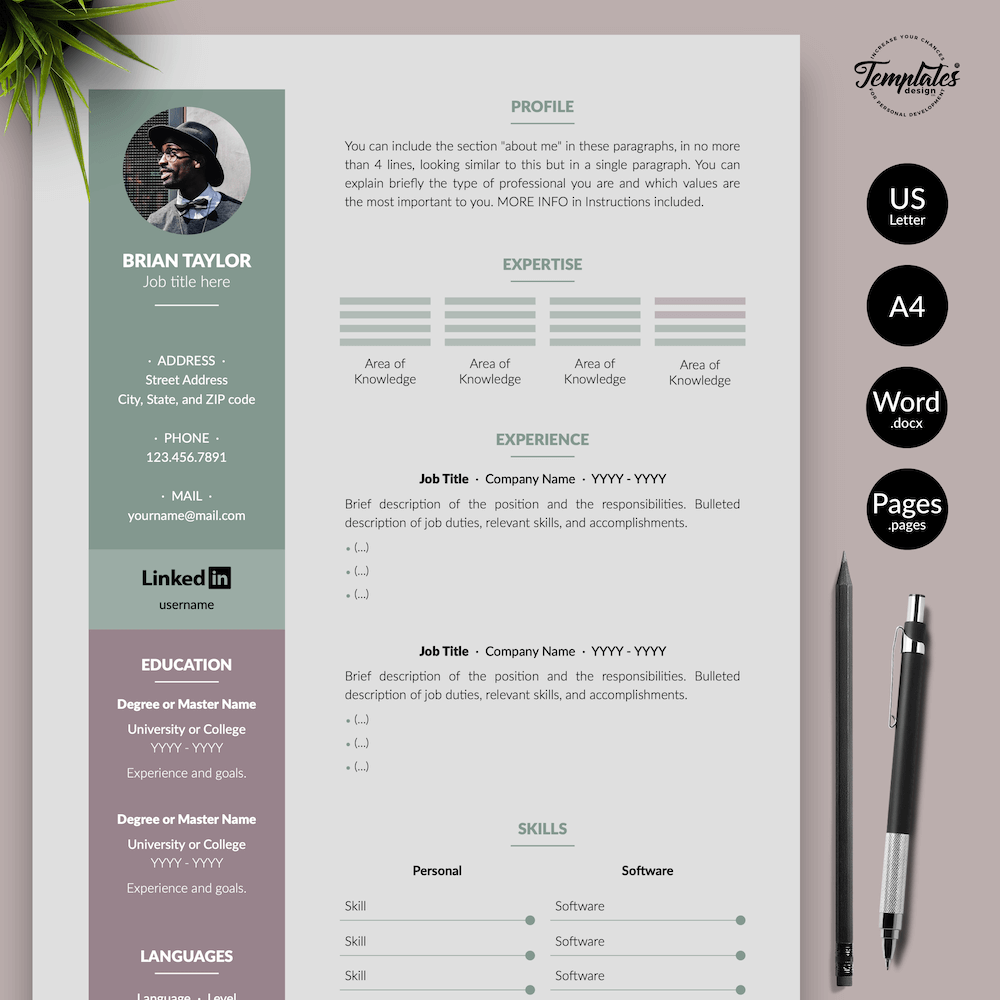
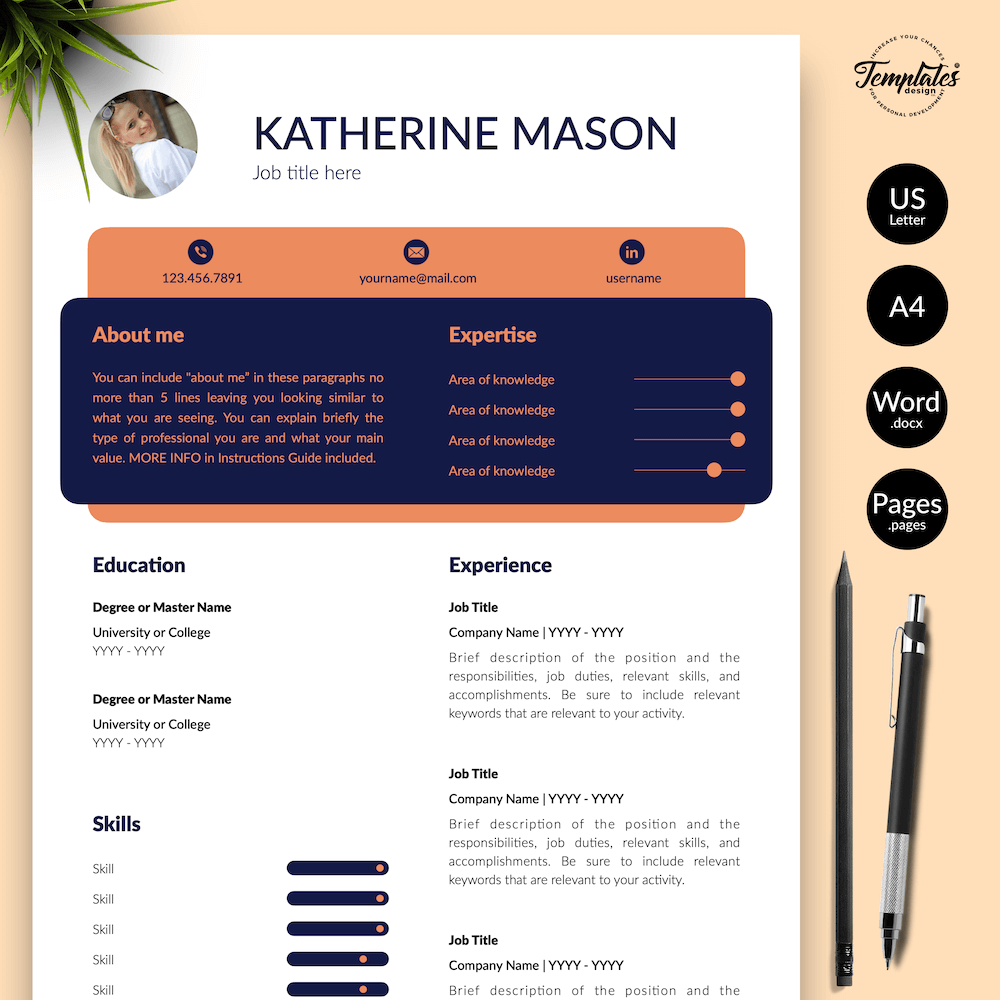
Leave A Comment